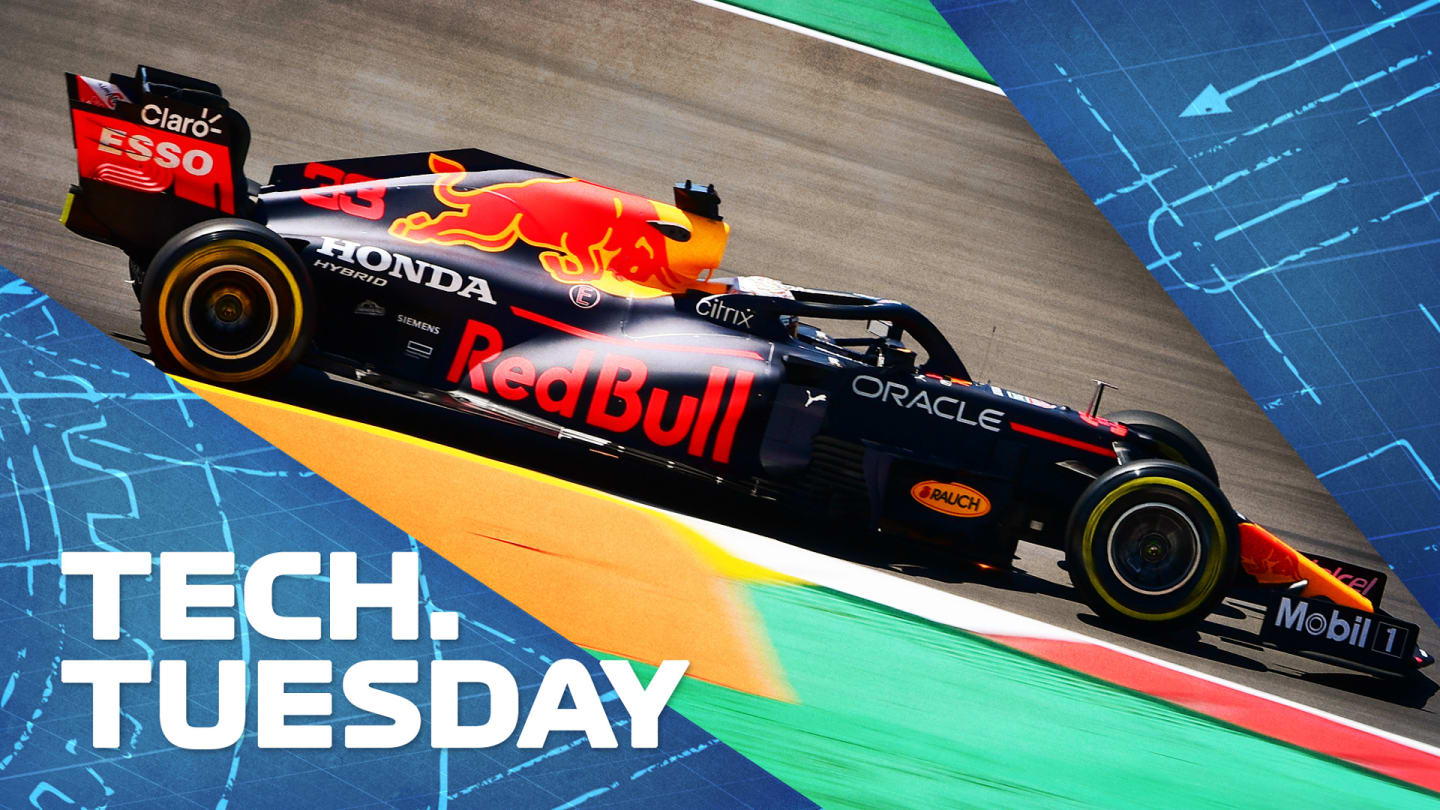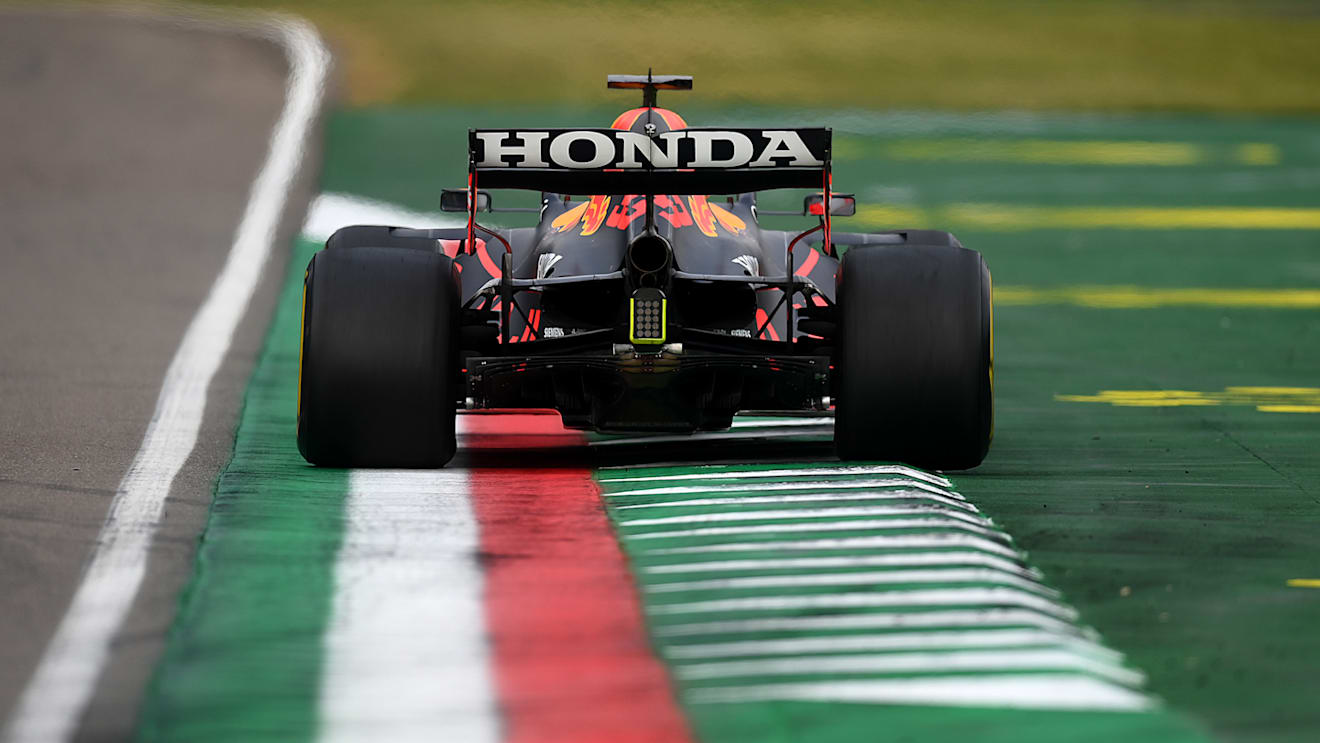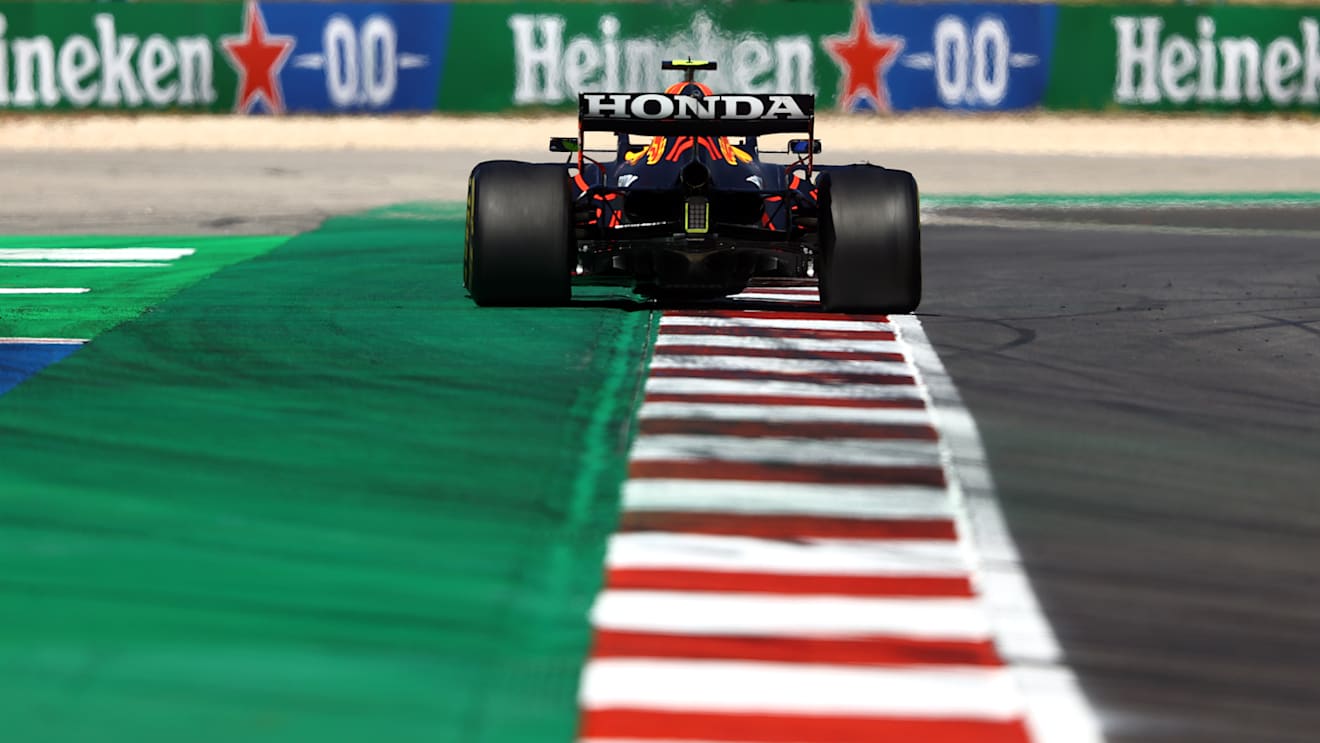
Technical
TECH TUESDAY: Discover the latest upgrades that Red Bull hope will give them championship supremacy

Share

Red Bull brought a heavily aerodynamically upgraded car to Portimao and are clearly pressing full-on with development in their fight for the World Championship, despite the resources that will be required for the all-new car meeting the regulations of 2022. Mark Hughes examines the updates with technical illustrations from Giorgio Piola.
Although the competitive picture in Portugal seemed to be dominated by how each car reacted to the grip-less track surface and gusty wind, the substantial changes Red Bull brought promise to have added significant aerodynamic performance – which may well be seen to better effect around Barcelona this weekend.
WATCH: Ricciardo going wheel-to-wheel and 9 other great onboards from Portugal
The changes run from front to back, with modified front brake ducts, a totally reconfigured bargeboard arrangement, changes to the outer edge of the floor shape and the various vanes there – all converging towards a new diffuser.
The diffuser is the key here and all the changes aft of it are to feed its expanded side channels. These have been created by pinching in the diffuser’s central section.
1 / 2
The outer channels now allow a greater volume of air through them. In simple terms, there is only so much air coming at the car and in the lower regions of it the aerodynamicists have to prioritise how much of the airflow it should be fed through the underfloor and how much around the sides of the car, past the bargeboards, down the sidepods and through their coke bottle in-sweep as it makes its way to the rear around the diffuser walls.
TECH TUESDAY: What is the ‘Z-shaped’ floor solution – and why are more and more teams using it?
This flow splits into two around the bargeboards and reconnects aft of the diffuser. Maximising the speed of the underbody flow is the aim and the flow going around the sides is ultimately part of that. There will be an optimum trade-off in the split of how much volume of air to feed through the underfloor and how much to the flow around the sides which will enhance that speed when it reconnects at the back. Because there is a finite supply of air coming at the car.
Anything which allows a greater volume of air to be fed through the underfloor (such as bigger channels in the diffuser) will re-set that optimum trade-off. With less of the flow being diverted around the sides, the bargeboard and outer floor arrangement will have to be re-optimised for that new flow. We see here how significantly the bargeboards were changed as part of the upgrade.
1 / 2
Barcelona is a more aerodynamically demanding track than Portimao and its track surface does not tend to create the sort of tyre grip problems seen last weekend. It should therefore give a better indication of just how effective Red Bull’s re-prioritised aerodynamics really are.
YOU MIGHT ALSO LIKE
News ‘I know what to search for’ – Hamilton hopeful after learning ‘a lot’ about his Ferrari during Bahrain GP
Podcast F1 NATION: ‘A champion is cooking’ and why Norris vs Piastri is ‘fire and ice’ – it’s our Bahrain GP review with Mark Webber
News McLaren bosses hail ‘perfect weekend’ from Bahrain winner Piastri – but warn that it’s ‘a matter of time’ before ‘epic battle’ with Norris
News Sainz explains incident with Tsunoda that led to retirement from ‘frustrating’ Bahrain Grand Prix








